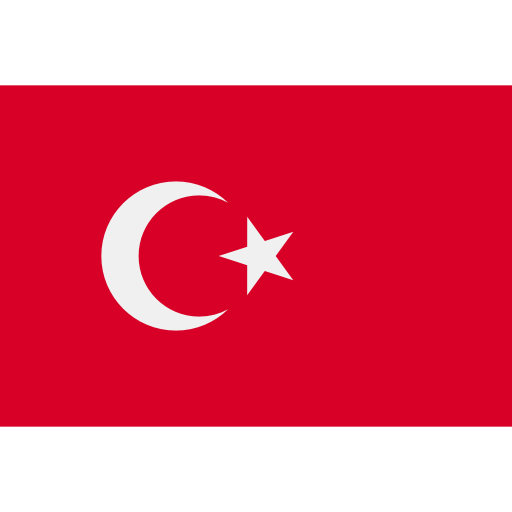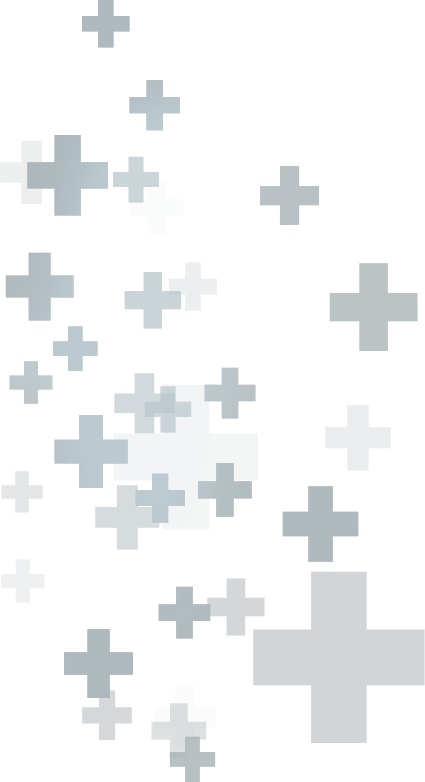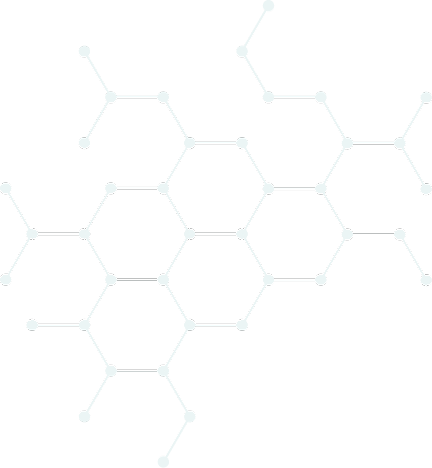What is Scoliosis?
Scoliosis is a three-dimensional spinal deformity characterized by a lateral curvature of the spine, often resembling an "S" or "C" shape. The spinal column, composed of vertebrae stacked in alignment, typically exhibits a natural curvature that facilitates movement and flexibility. However, in cases of scoliosis, the spine deviates beyond the normal range, resulting in a sideways curvature.
Frequency of Scoliosis
Scoliosis is present in approximately 2 to 4% of the population, with the majority of cases being low-grade curvatures. It is more prevalent in girls, occurring 8-10 times more frequently than in boys. Only a small percentage, around 10%, of individuals with a spinal curvature will experience scoliosis progression to a level necessitating treatment. Consistent physical activity, maintenance of robust back muscles, improvement of overall fitness, are essential components throughout the monitoring and management of scoliosis.
Scoliosis Classification
Scoliosis is a curvature of the spine caused by a known or unknown cause. Based on this, they are divided into two groups:
- Idiopathic scoliosis is the most common type. (85%)
- Known cause (Secondary) scoliosis (15%): Scoliosis due to connective tissue, neurological and skeletal system diseases.
Idiopathic scoliosis can occur at any age during growth. By starting age:
- Infantile first 3 years
- Juvenile 3 years to adolescence (3-10 years)
- Adolescent Adolescence and beyond (10-18 years)
The most common of these is scoliosis, which starts in adolescence, that is, in adolescence.
Signs and Findings of Scoliosis
Scoliosis starts very insidiously and can progress without any symptoms for a long time. There is usually no pain and most of the cases are discovered incidentally on radiographs taken for other reasons. The most common symptoms:
- Rib protrusion caused by rotation of the rib cage
- Pain in the back, shoulder, neck, ribs and hips
- Different shoulder heights
- Respiratory or heart problems in severe cases
- Irregular waistline
- difficulty standing upright
- Irregular musculature on one side of the spine
It should be known that progressive and untreated cases increase the susceptibility to depressive mood and various mental illnesses, and spinal curvatures above 90° are associated with sudden death syndrome.
Diagnosis
The diagnosis of scoliosis is determined by assessing the magnitude of spinal curvature. Anteroposterior and lateral images are captured in the standing X-ray film to evaluate the curvature in relation to the spinal image, measured in degrees as an angle known as the "cobb angle".
Curvatures below 10 degrees are categorized as asymmetry rather than scoliosis. A scoliosis diagnosis requires a curvature exceeding 10 degrees. In cases where there are multiple spinal curvatures present, it is essential to consider the degrees of scoliosis rather than a singular degree.
MRI and other supplementary examinations are utilized when encountering atypical spinal curvatures, such as those manifesting on the left side of the chest, or when additional symptoms are present.
Grade of Scoliosis and Selection of Treatment Method
- In curvatures below 20 degrees, the patient is closely monitored. At the same time, back and waist exercises and swimming are recommended. No intervention (brace or surgery) is performed.
- Brace treatment may be preferred for people with scoliosis degree between 20-40 degrees and growth potential. If the degree of scoliosis is more than 40 degrees, scoliosis surgery is considered.
- The potential for progression of scoliosis and whether growth has stopped affect the treatment decision. For example, the treatment of an 8-year-old child with a 30-degree curvature is different from the treatment of an 18-year-old teenager with a 30-degree curvature. The younger the child, the higher the potential for progression of the curvature.
- If the curvature of the back exceeds 40 degrees in a growing child, if the curvature of the waist exceeds 35 degrees, surgery is definitely recommended for these children.
- If the curvature of the back is more than 50 degrees and the curvature of the waist is more than 40 degrees in people who have completed their growth, surgery is recommended because it is known that these curvatures progress over time, although the growth has stopped.
Related Articles on Spine Conditions
- Understanding Adolescent Idiopathic Scoliosis
- What to Do When Adolescent Scoliosis Is Detected? A Roadmap for Families and Patients
- Do Scoliosis Exercises Really Correct the Curvature?
- How Does Life Continue After Scoliosis Surgery?
- Spondylolysis in Young Patients: Symptoms, Diagnosis & Modern Treatment Options
- 7 Simple Daily Habits to Prevent Herniated Disc
- Vertebral Compression Fractures in the Elderly: When Is Surgery Necessary?
 Türkçe
Türkçe
 Arabic
Arabic


